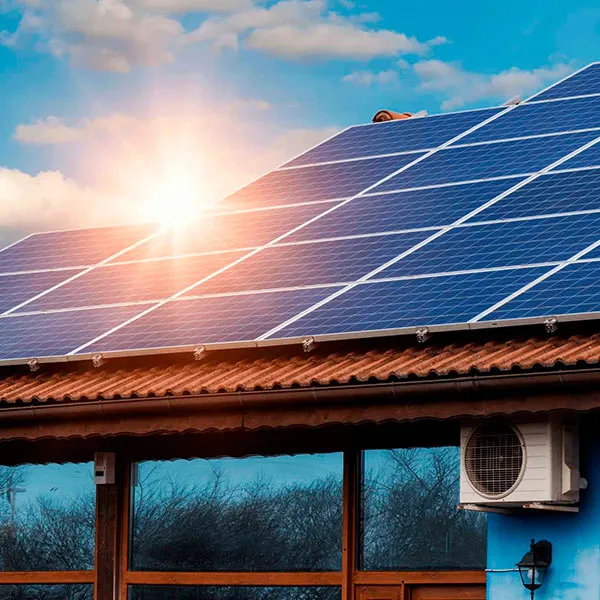Optimizing Solar-Powered Heating and Cooling: A Comparison of Heat Pump Types
2024-12-04
The fusion of solar energy with heat pumps represents a leap forward in sustainable energy technology. By combining a renewable energy source with efficient heating and cooling systems, homeowners and businesses can significantly reduce their carbon footprint. However, selecting the right type of heat pump—air source, ground source, or water source—can make or break the success of this integration. This blog delves into the key factors that determine which type of heat pump is best suited for pairing with solar panels.
Key Considerations for Solar and Heat Pump Integration
Before choosing a heat pump, it’s crucial to evaluate how its energy demand aligns with solar panel output, local climate conditions, installation feasibility, and maintenance requirements.
Air Source Heat Pumps: The Affordable Contender
Performance Overview
Air source heat pumps (ASHPs) are widely popular for their affordability and adaptability. They draw heat from the outside air and are particularly efficient in mild to moderate climates.
Why Pair with Solar Panels?
1. Daytime Energy Alignment: ASHPs tend to run during the daytime in warmer months for cooling, perfectly matching solar panels’ peak electricity generation.
2. Ease of Installation: They are simpler to install compared to ground-based alternatives, reducing overall system complexity.
Potential Drawbacks
- In cold regions, ASHPs may require additional heating elements, which can reduce their efficiency and increase dependency on non-solar energy.
- The variability of outdoor temperatures can impact efficiency.
Ground Source Heat Pumps: The Efficiency Champion
Performance Overview
Ground source heat pumps (GSHPs) deliver unparalleled efficiency by utilizing the stable temperatures of the earth. They work exceptionally well in diverse climates.
Why Pair with Solar Panels?
1. Year-Round Consistency: Unlike ASHPs, GSHPs provide steady performance regardless of external weather conditions, maximizing solar energy utilization.
2. Reduced Operating Costs: The high efficiency of GSHPs ensures that they make the most of every kilowatt generated by your solar panels.
Challenges
- Upfront Investment: The installation cost of GSHPs is significantly higher due to the need for ground excavation and specialized equipment.
- Space Constraints: Homes with limited land area may struggle to accommodate the required ground loops.
Water Source Heat Pumps: A Niche Solution
Performance Overview
Water source heat pumps (WSHPs) extract heat from nearby water bodies, offering excellent efficiency under the right conditions.
Why Pair with Solar Panels?
1. Efficiency in Suitable Locations: WSHPs deliver high performance similar to GSHPs, making them ideal for properties near lakes or ponds.
2. Sustainability: Their minimal impact on energy consumption complements the eco-friendly ethos of solar power.
Challenges
- Accessibility to water sources limits their applicability.
- Strict environmental regulations and maintenance requirements can complicate installation.
Making the Right Choice
- For urban homeowners, air source heat pumps are a cost-effective and straightforward option for solar integration.
- In rural or suburban settings with adequate land, ground source heat pumps offer the highest long-term efficiency, especially when solar panels cover the initial electricity needs.
- For properties with access to water bodies, water source heat pumps provide a niche yet powerful solution.
Choosing the right heat pump to integrate with solar panels depends on balancing efficiency, cost, and practicality. While each system has its merits, the synergy between solar energy and heat pumps ensures a greener, more sustainable future. Whether you prioritize upfront affordability or long-term efficiency, there’s a solution to meet your needs.



